Ash Tree Identification: Which Ash Tree Do I Have
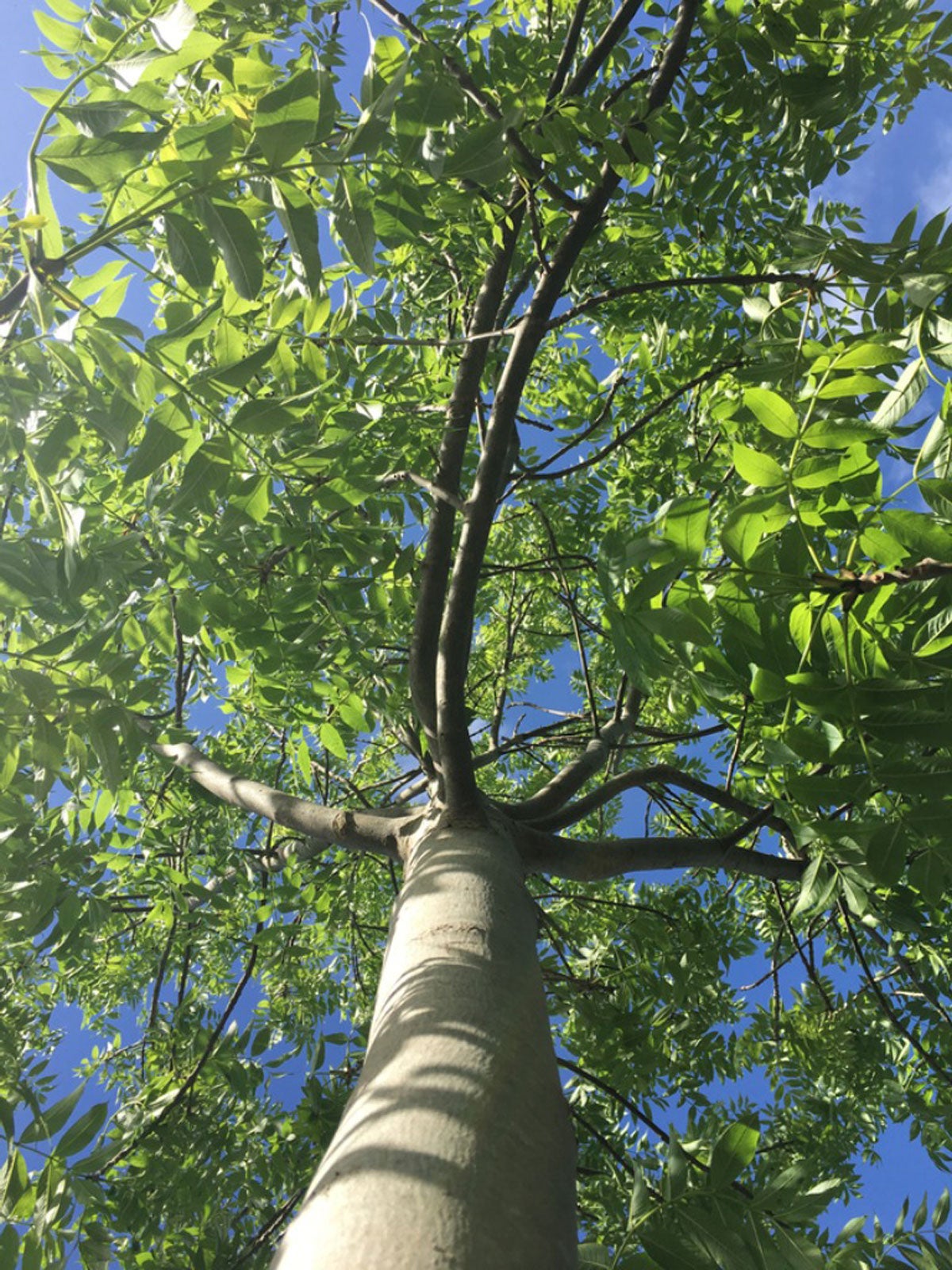

If you have an ash tree in your yard, it might be one of the varieties native to this country. Or it might just be one of the trees similar to ash, different species of trees that happen to have the term “ash” in their common names. If you think the tree in your backyard is an ash, you may be wondering, “Which ash tree do I have?”.
Read on for information on different types and tips on ash tree identification.
Types of Ash Trees
True ash trees are in the Fraxinus genus together with olive trees. There are 18 types of ash trees in this country, and ash is a common component of many forests. They can grow into tall shade trees. Many offer nice autumn displays as the leaves turn yellow or purple. Native ash tree varieties include:
- Green ash (Fraxinus pennsylvanica)
- White ash (Fraxinus americana)
- Black ash (Fraxinus nigra)
- California ash (Fraxinus dipetala)
- Blue ash (Fraxinus quadrangulata)
These types of ash trees tolerate urban pollution and their cultivars are often seen as street trees. A few other trees (like mountain ash and prickly ash) look similar to ash. They are not true ash trees, however, and fall in a different genus.
Which Ash Tree Do I Have?
With 60 different varieties on the planet, it’s very common for a homeowner not to know the ash variety growing in their backyard. While you may not be able to figure out the type of ash you have, ash tree identification is not difficult.
Is it an ash tree? Identification starts with making sure that the tree in question is a true ash. Here’s what to look for: Ash trees have buds and branches directly across from each other, compound leaves with 5 to 11 leaflets, and diamond-shaped ridges on the bark of mature trees.
Determining the variety you have is a process of elimination. Important elements include where you live, the height and span of the tree, and the type of soil.
Gardening tips, videos, info and more delivered right to your inbox!
Sign up for the Gardening Know How newsletter today and receive a free copy of our e-book "How to Grow Delicious Tomatoes".
Common Ash Tree Varieties
One of the most common ash tree varieties in this country is the white ash, a large shade tree. It grows in USDA zones 4 through 9, rises to 80 feet (24 meters) with a spread of 70 feet (21 meters).
Blue ash is equally tall and can be identified by its squared stems. California ash only grows to 20 feet (6 meters) tall and thrives in warmer zones like USDA zones 7 through 9. Carolina ash also prefers those hardiness zones but likes swampy areas. It gets 40 feet (12 meters) tall.
Both black and green ash varieties grow to 60 feet (18 meters) tall. Black ash grows only in colder areas like USDA hardiness zones 2 through 6, while green ash has a much wider range, USDA zones 3 through 9.

Teo Spengler is a master gardener and a docent at the San Francisco Botanical Garden, where she hosts public tours. She has studied horticulture and written about nature, trees, plants, and gardening for more than two decades. Her extended family includes some 30 houseplants and hundreds of outdoor plants, including 250 trees, which are her main passion. Spengler currently splits her life between San Francisco and the French Basque Country, though she was raised in Alaska, giving her experience of gardening in a range of climates.
-
 4 Superfast Composting Methods: Turn Waste Into Garden Gold In 30 Days Or Less
4 Superfast Composting Methods: Turn Waste Into Garden Gold In 30 Days Or LessTry the fastest composting methods to turbocharge your pile and transform kitchen scraps and garden waste into finished compost in just a few weeks.
By Mary Ellen Ellis
-
 Best Spider Plant Soil – Complete Soil Guide And Expert Tips For Keeping Plants Happy
Best Spider Plant Soil – Complete Soil Guide And Expert Tips For Keeping Plants HappySpider plants are fun and easy plants to grow, but what is the best soil for a spider plant? Selecting the right soil is important so they can thrive.
By Bonnie L. Grant
-
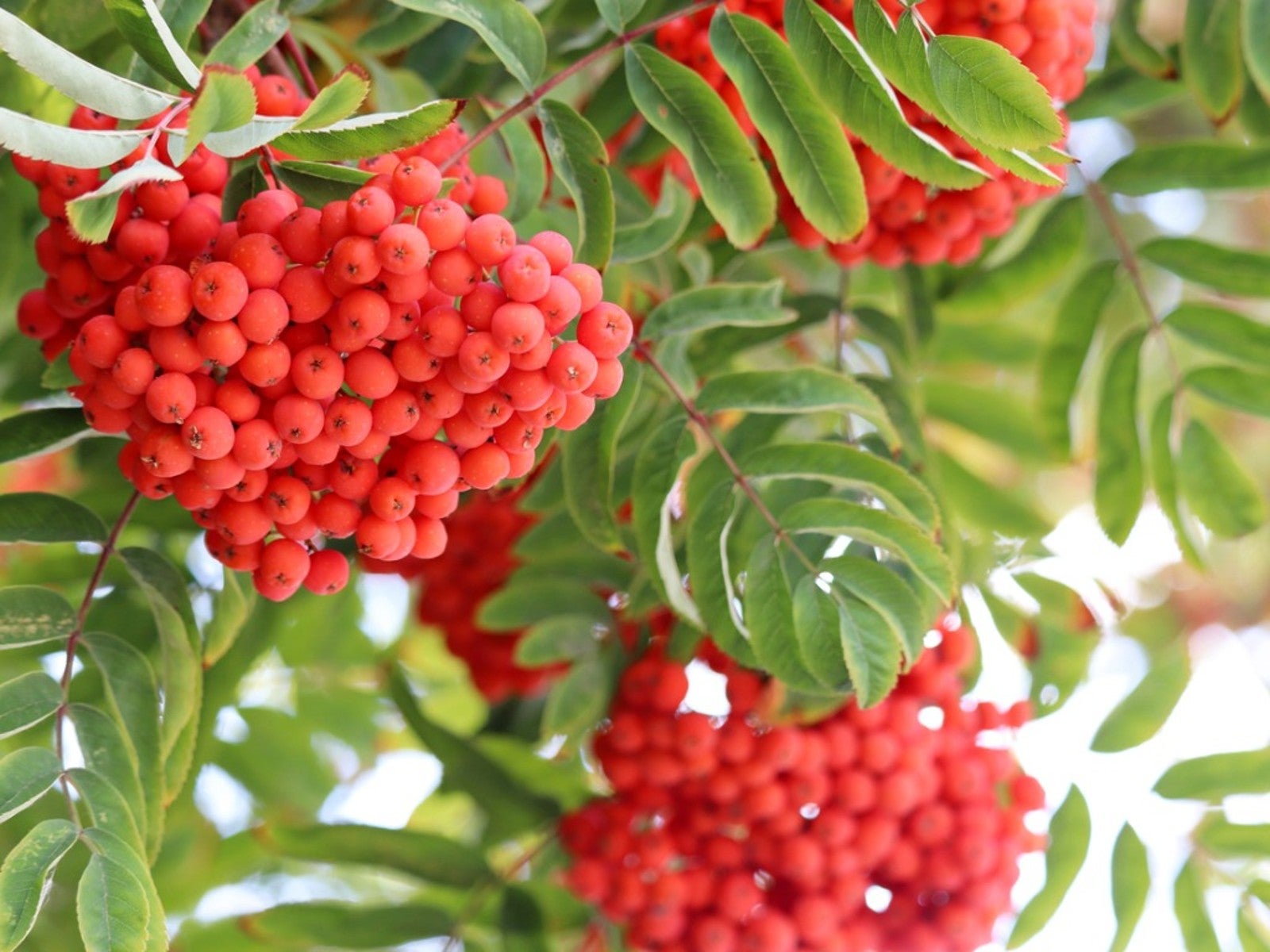 European Mountain Ash: Care For The Rowan Tree
European Mountain Ash: Care For The Rowan TreeAre mountain ash and rowan trees the same? They are exactly the same tree. Read on for more information on these trees.
By Teo Spengler
-
 European Mountain Ash Identification - European Mountain Ash Care
European Mountain Ash Identification - European Mountain Ash CareWhat is a European mountain ash tree? If you are considering growing this mountain ash trees for ornamental purposes, click here for tips on care as well as a caution about its invasiveness.
By Teo Spengler
-
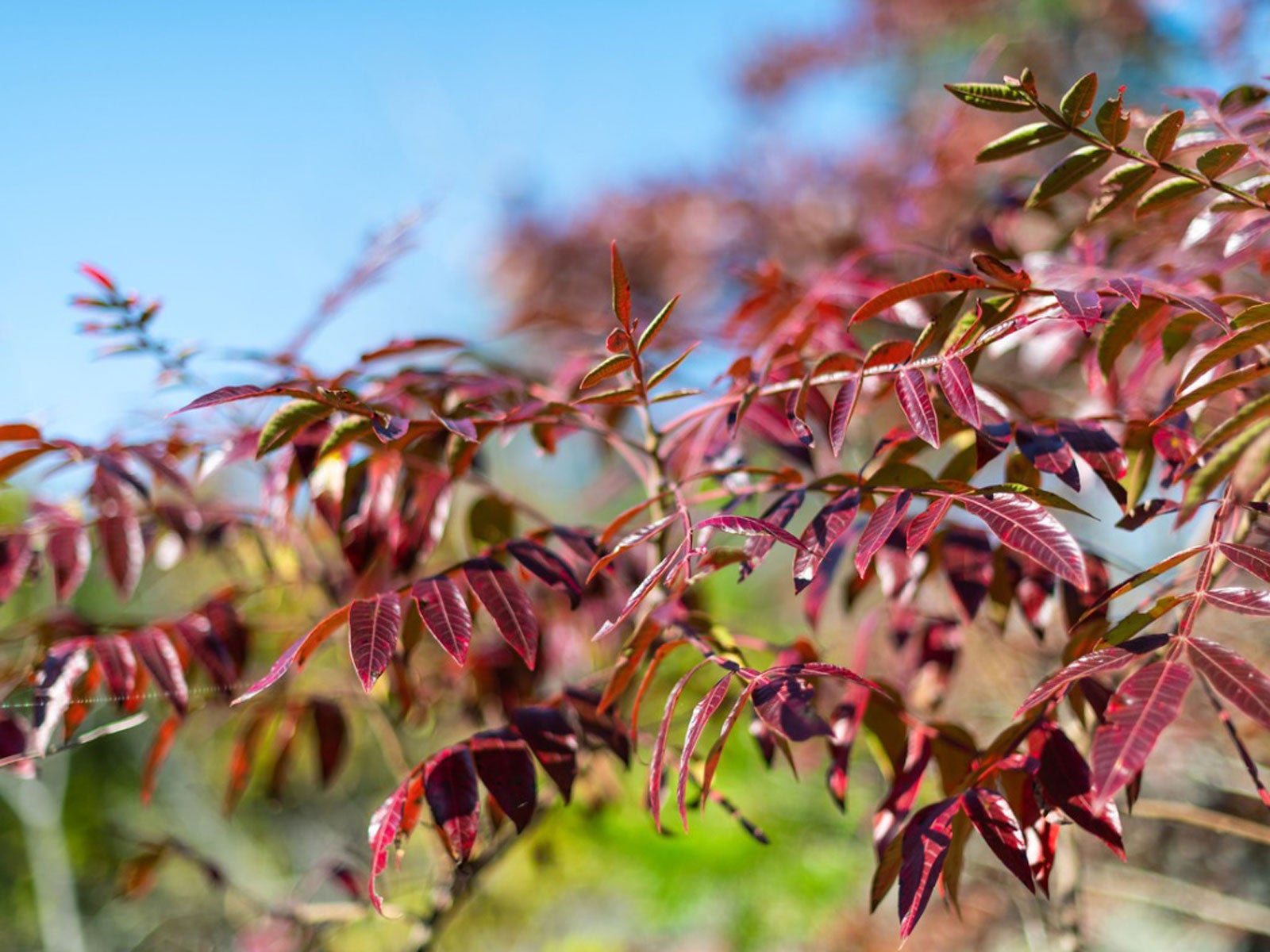 Ash Tree That Turns Purple – Learn About Purple Ash Tree Facts
Ash Tree That Turns Purple – Learn About Purple Ash Tree FactsThe purple ash tree is actually a white ash tree that has purple leaves in fall. Its attractive autumn foliage makes it a popular street and shade tree. For more information about ‘Autumn Purple’ ash trees, click on the following article.
By Teo Spengler
-
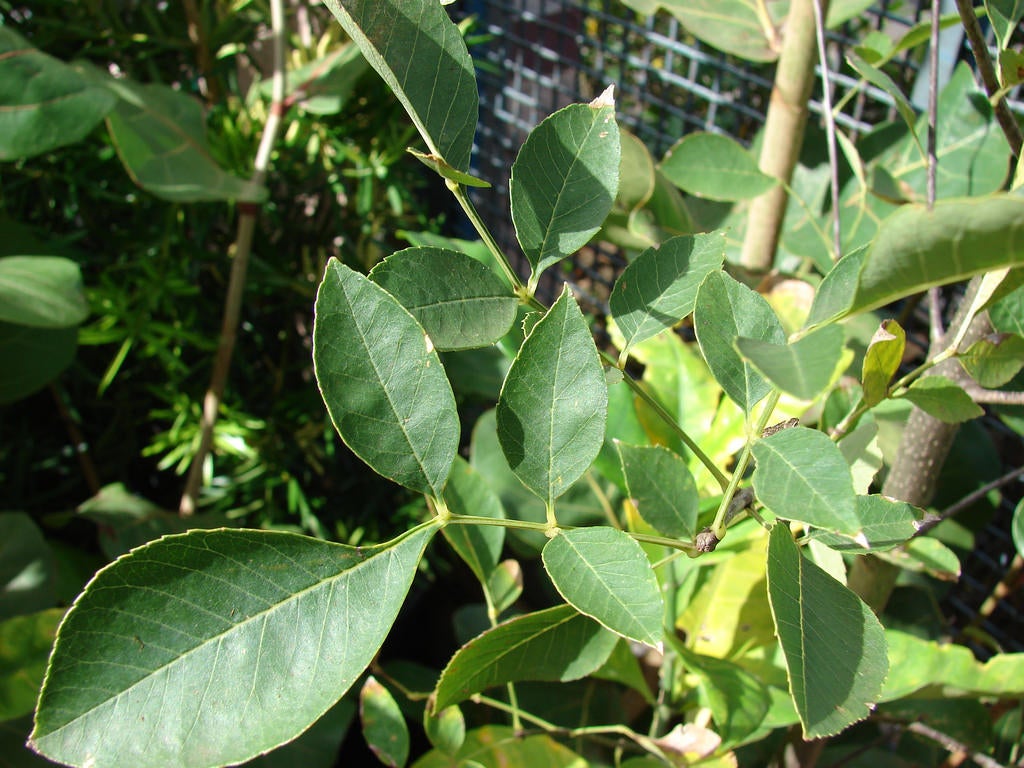 What Is Arizona Ash – How To Grow An Arizona Ash Tree
What Is Arizona Ash – How To Grow An Arizona Ash TreeArizona ash (Fraximus velutina) is an upright, stately tree with a rounded canopy of deep green leaves. It is relatively short-lived but may survive 50 years with proper care. Click on the following article to learn about growing Arizona ash trees in your landscape.
By Mary H. Dyer
-
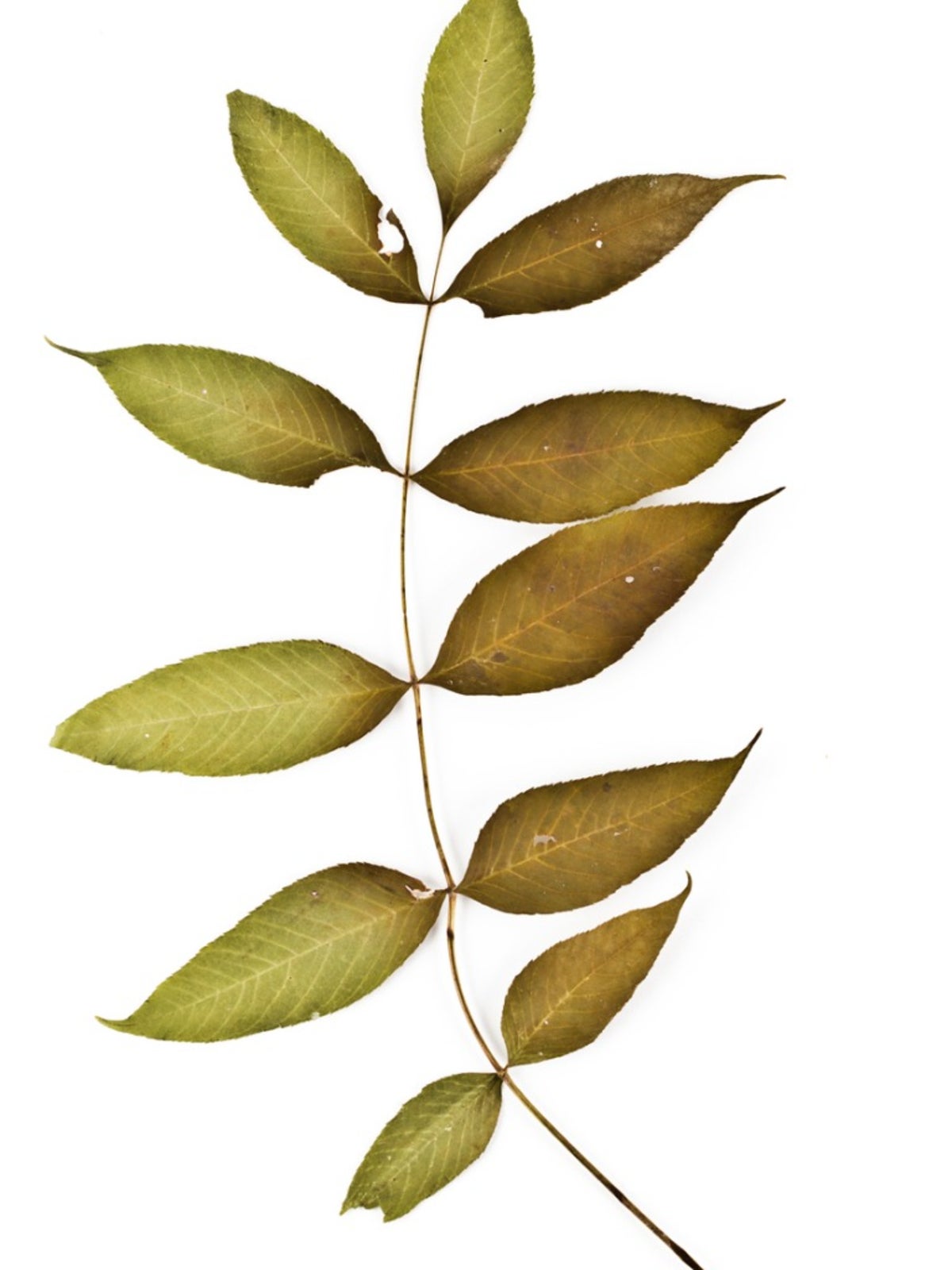 Black Ash Tree Information – Learn About Black Ash In Landscapes
Black Ash Tree Information – Learn About Black Ash In LandscapesBlack ash trees grow slowly and develop into tall, slender trees with attractive feather-compound leaves. This article has additional information about black ash trees and black ash tree cultivation. Click here to learn more.
By Teo Spengler
-
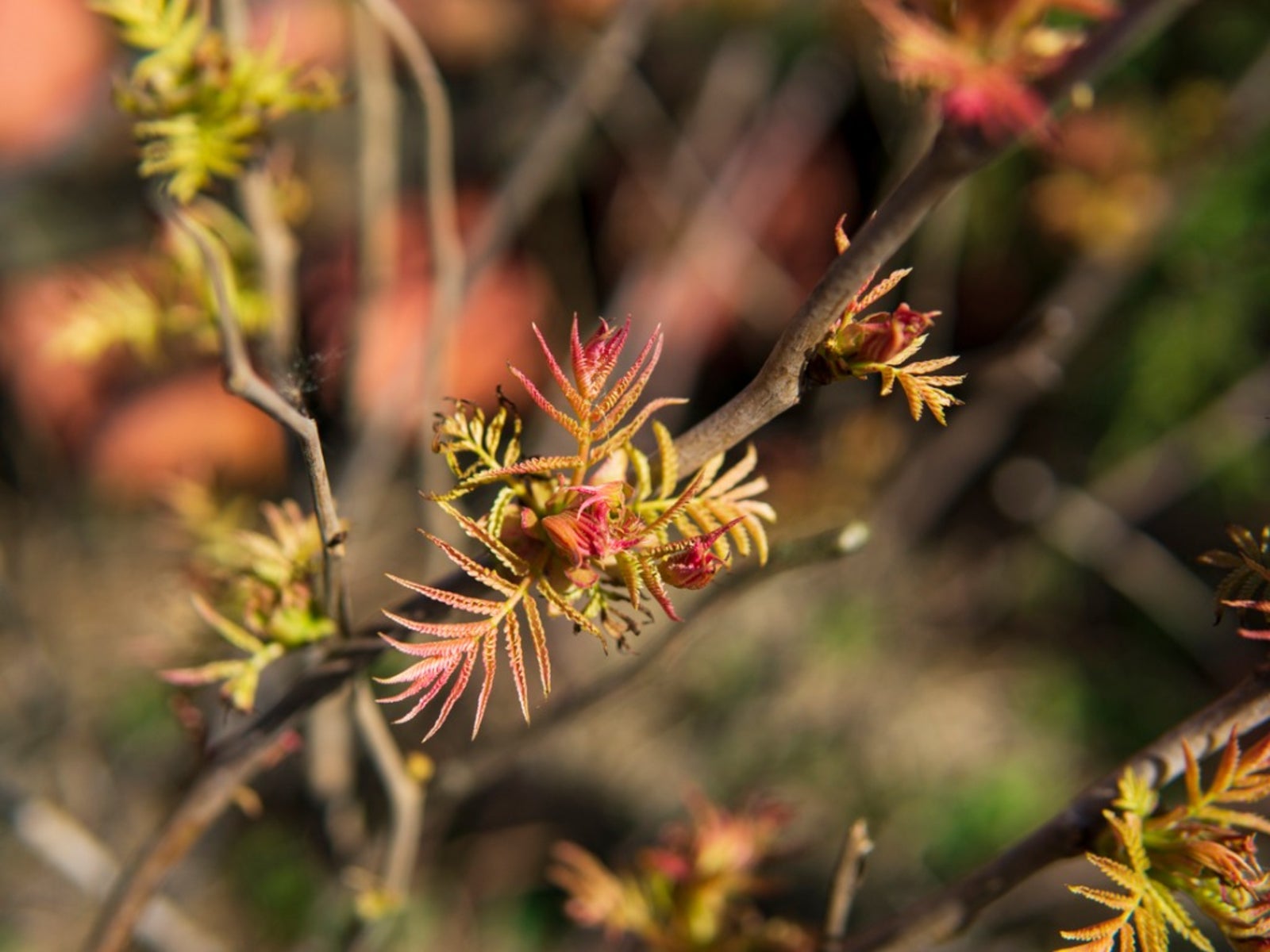 Showy Mountain Ash Care – Can You Grow A Showy Mountain Ash Tree
Showy Mountain Ash Care – Can You Grow A Showy Mountain Ash TreeIf you read up on showy mountain ash information, you'll find that the trees flower profusely, produce attractive berries and offer a stunning fall display. Growing this tree isn't difficult if you live in a cooler climate. Click here for tips on showy mountain ash care.
By Teo Spengler
-
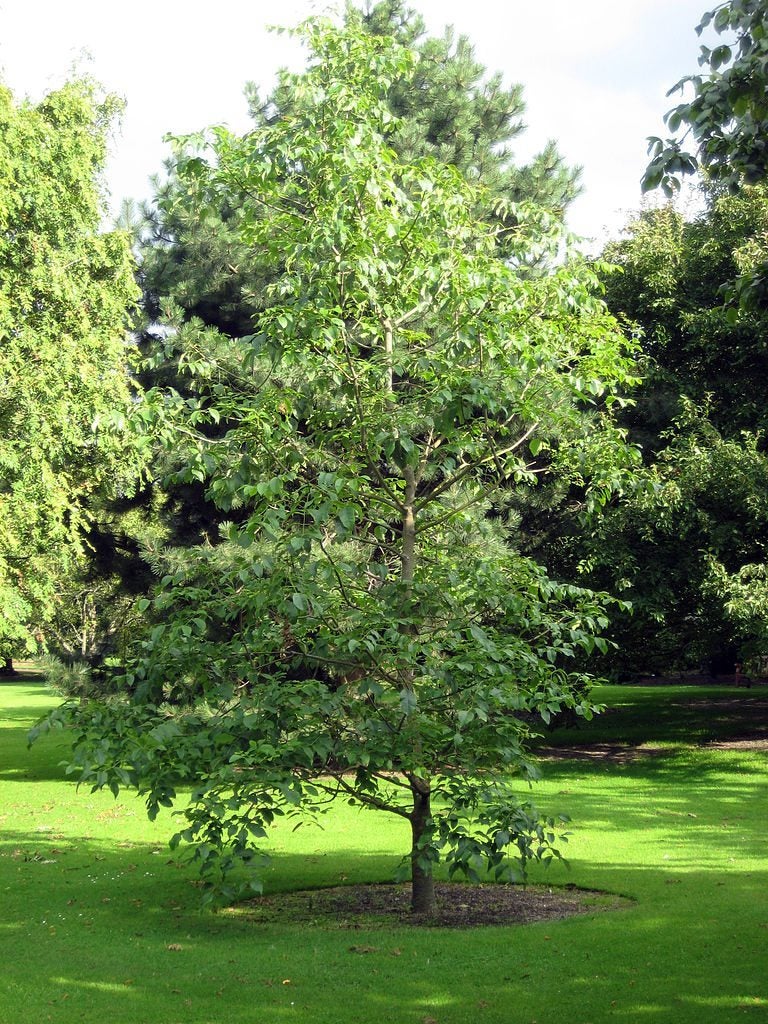 What Is A Pumpkin Ash: Information About Pumpkin Ash Trees
What Is A Pumpkin Ash: Information About Pumpkin Ash TreesYou've heard of pumpkins, but what is a pumpkin ash? It's a fairly rare native tree that is a relative of the white ash tree. If you're thinking of growing pumpkin ash trees, click this article for more pumpkin ash information, as this may not be such a great idea.
By Teo Spengler
-
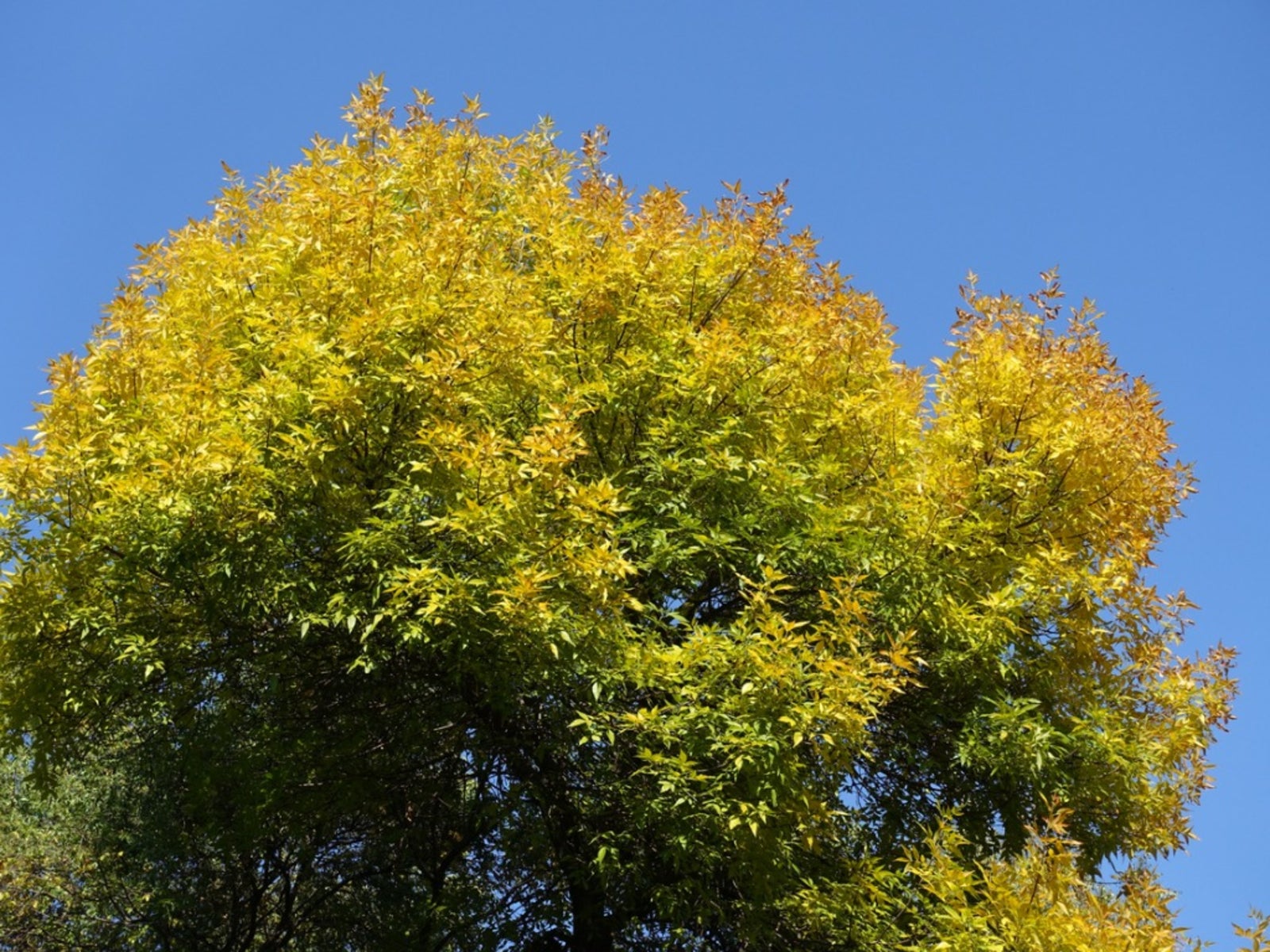 What Is A Green Ash – How To Grow A Green Ash Tree
What Is A Green Ash – How To Grow A Green Ash TreeGreen ash is an adaptable native tree planted in both conservation and home settings. It makes an attractive, fast-growing shade tree. If you want to know how to grow a green ash, click here. You?ll also find tips on good green ash tree care.
By Teo Spengler